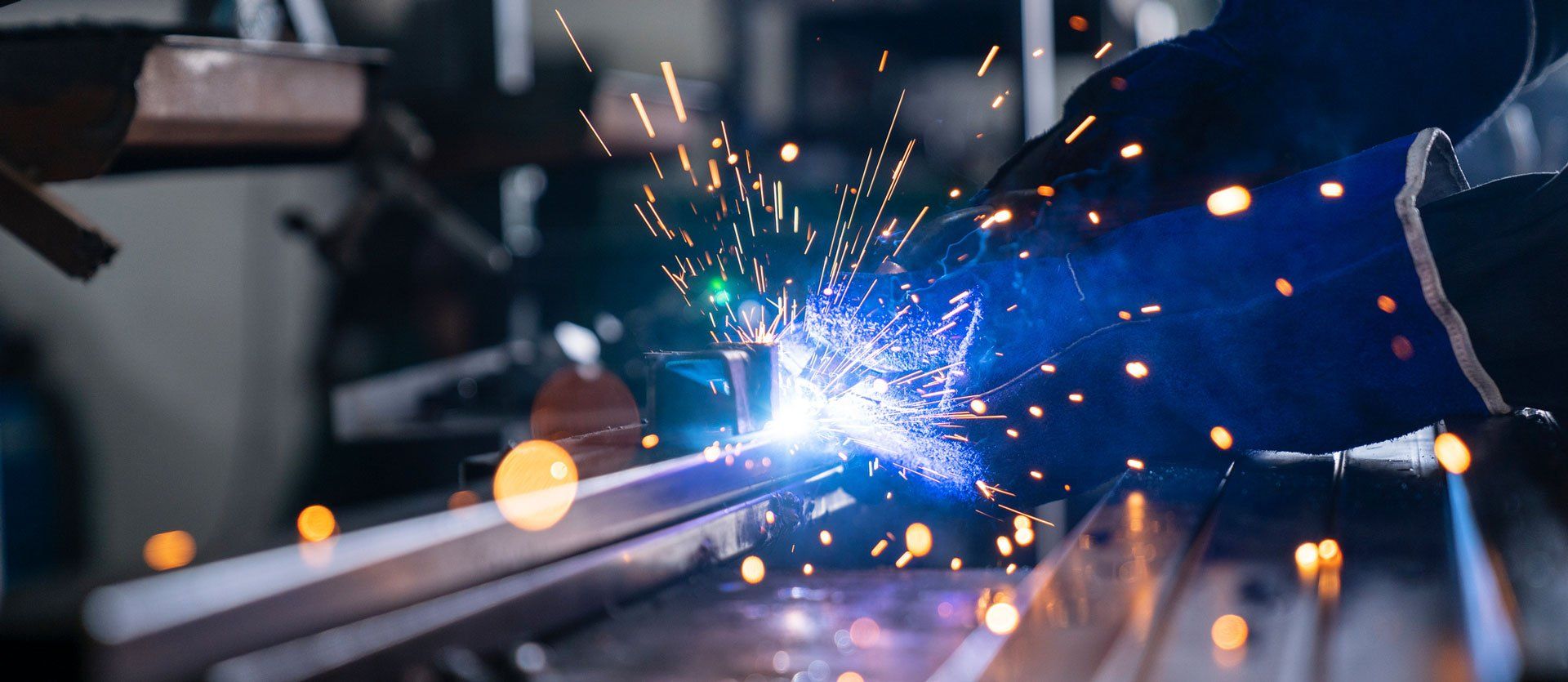Call Us Now!
Address: 837 S Kraemer Blvd. Placentia, CA 92870
Big Enough to Serve You & Small Enough to Know You.
Laser, Flame, and Plasma Cutting: What You Need to Know
Laser, flame, and plasma are the most common metal cutting techniques. Read on to learn which of these three methods will best suit your needs.
Cost management and product quality are two important factors contractors consider where metal cutting and fabrication projects are concerned.
Metal cutting entails the use of different techniques. Laser, flame, and plasma are the most common metal cutting techniques for larger and more demanding projects.
Your choice of technique will depend on your budget, the type of metal to be cut, the levels of precision, and the uses of the fabricated part.
Read on to learn more about the three metal cutting techniques to help you determine the method that will best suit your needs.
Laser Metal Cutting
Laser cutting involves the use of high-powered, computerized laser machines to cut through metal. Alongside laser technology, these machines use nitrogen and oxygen or compressed air to cut metal with thorough precision. Laser machines are also used to engrave, scribe, weld, and trim metals.
Plasma Metal Cutting
Plasma cutting is a much older technique and was developed as a more efficient alternative to flame cutting.
This method uses compressed oxygen and other gases such as nitrogen and hydrogen forced, at high speeds, through a machine with a small opening.
The high speed, pressure, and combination of gases produce a type of gas known as plasma. The heated electrical ions of plasma gas aid in cutting metal pieces.
Flame Metal Cutting
Flame cutting is among the oldest metal cutting techniques. The process uses a combination of pure oxygen and a source of high heat to cut metal.
First, the metal is preheated to very high temperatures, and then the cutting machine emits oxygen onto the heated surface. This oxidization process burns the metal to the desired shapes and sizes.
Flame Metal Cutting vs. Laser and Plasma Metal Cutting
While these three methods of metal cutting have some differences, all are still used today for different applications.
Flame cutting is mostly suitable for cutting thicker metals. Thin metals, on the other hand, require highprecision, high-velocity techniques such as plasma and laser cutting. Setting up a flame cutting machine is simple and fast, and the technique itself is budget-friendly.
On the other hand, flame cutting is generally limited to cutting carbon and varieties of steel containing low levels of alloys and is less suitable for cutting aluminum and stainless steels.
Flame cutting also results in larger heat-affected zones (HAZ). HAZ are areas of a metal that are adversely affected when the metal is exposed to intense heat during the cutting process. These effects may include corrosion, brittleness, and cracking.
Plasma Cutting vs. Laser Cutting
While plasma and laser cutting deliver high-quality cuts, each method has its benefits and downsides.
Application
Plasma is widely used for cutting aluminum and stainless steel. Plasma cutting is also suitable for cutting reflective metals, while laser cutters are best suited for slicing thinner metals.
Cost
The cost of buying, operating, and maintaining a CNC plasma cutter is comparably lower. As such, plasma cutting services are, on average, more affordable than laser cutting.
Speed
Production rates affect project completion timelines. Plasma machines cut metals of all thicknesses much faster than laser machines.
Cut Quality and Size
Cut quality refers to the straightness of the cut edge, while the size refers to the width of the cut.
If you are looking for smaller, well-finished holes or slots on your finished metal product, consider laser cutting. Laser delivers a straighter edge and a smaller cut size.
However, both laser and plasma cutters have a high tolerance and can cut thin metals with minimal distortion.
A lot goes into selecting the most suitable metal cutting technique. With the right metal fabrication partner and a clear understanding of your clients' needs, you can determine the technique that delivers the most value.
At Schorr Metals Inc. , we take pride in offering superior metal cutting solutions. Call us today to learn more about our custom metal fabrication services in Southern California.
Email Address: info@schorrmetals.com
Call Us Now!
Business Hours:
Monday 7:30 am - 4:45 pm
Tuesday 7:30 am - 4:45 pm
Wednesday 7:30 am - 4:45 pm
Thursday 7:30 am - 4:45 pm
Friday 7:30 am - 4:45 pm
Saturday 7:30 am - 11:45 am
Licensed, Bonded & Insured




Address: 837 S Kraemer Blvd. Placentia, CA 92870
We Serve: Orange County, Los Angeles County, Riverside County, San Bernardino County in CA




